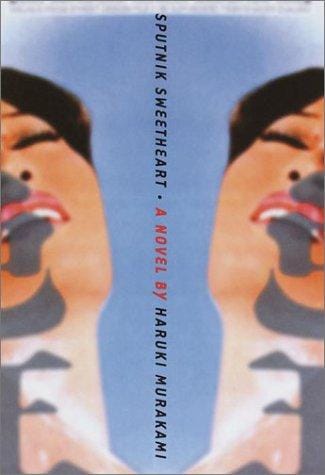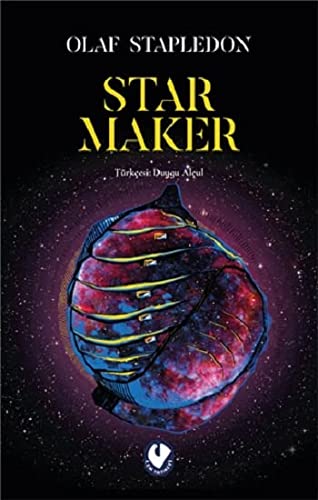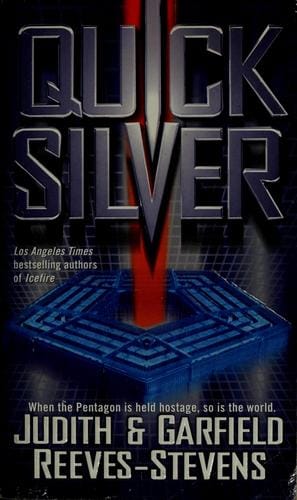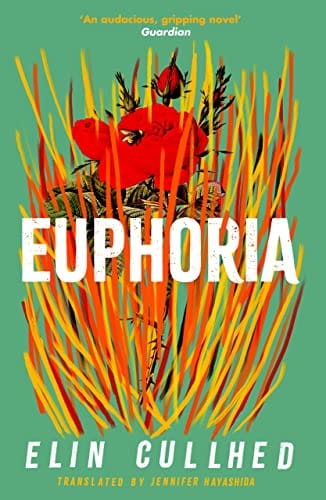Dance Dance Dance: The Many Lives of an Irresistible Phrase
Explore how the phrase “Dance Dance Dance” evolved from disco anthem to literary title, TV show, and viral hashtag—spreading joy and movement across generations.
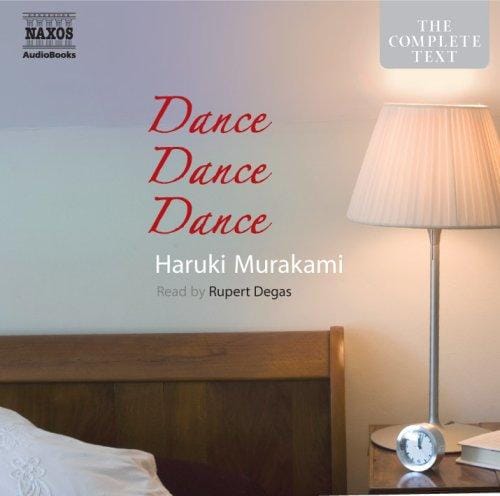
Introduction
Few expressions are as instantly infectious or as universally understood as the simple triplet: “Dance Dance Dance.” Whether shouted by a DJ, printed on a record sleeve, or lit up in neon above a stage, these three words bypass language barriers and cultural divides to trigger the same impulse: move your body to a rhythm. In this article we trace how the phrase has leapt from disco dance-floors to novels, television talent shows, and viral TikTok challenges without ever losing its joyful punch.
The Birth of a Disco Mantra
Although dance commands have existed for centuries, “Dance Dance Dance” first embedded itself into pop consciousness in the 1970s, the glittering age of disco. Clubs like Studio 54 pulsed with four-on-the-floor beats, rotating mirror balls, and the promise of all-night catharsis. Dancing wasn’t just recreation; it was liberation for marginalised communities and a flamboyant rejection of societal gloom. The repetition of the word “dance” echoed disco’s looping basslines, inviting everyone onto the floor without hesitation.
Chic’s 1977 Anthem
Nile Rodgers and Bernard Edwards captured that sensibility in Chic’s breakout single “Dance, Dance, Dance (Yowsah, Yowsah, Yowsah).” Released in 1977, the track fused syncopated guitar, elastic bass, and a joyous lyrical hook that repeated the title phrase with hypnotic insistence. It climbed to No. 6 on the Billboard Hot 100, spreading disco fever far beyond New York. Today the song is sampled by house DJs and wedding bands alike, proving the timeless appeal of triple-threat dancing instructions.
From Vinyl to the Printed Page
In 1988 Japanese novelist Haruki Murakami borrowed the phrase for his surreal mystery “Dance Dance Dance,” a sequel to A Wild Sheep Chase. Here, dancing becomes metaphor: the nameless narrator is urged to “keep dancing” through the ennui of adulthood and the ghosts of capitalist Tokyo. Murakami’s title reframes the words as existential advice: if life is absurd, then movement—literal or spiritual—is the only antidote. The book sold internationally, introducing literature lovers to a phrase they had previously heard only in nightclubs.
Refrains Across Genres
Since Chic, dozens of musicians have adopted the mantra, each adding a fresh accent. The Beach Boys released “Dance, Dance, Dance” in 1964, injecting surf-rock breeziness. Lykke Li’s 2008 indie-pop hit of the same name gave it a Scandinavian melancholy, while Fall Out Boy’s “Dance, Dance” reimagined it as an emo anthem in 2005. Across styles—reggaeton, K-pop, EDM—the phrase works because it is both instruction and celebration, a lyrical shortcut to collective euphoria.
Arcades and Living Rooms: The Video-Game Boom
With Konami’s Dance Dance Revolution (1998), the triad hopped from speakers to screens and feet quite literally. Players stamped on arrow pads in sync with cascading notes, turning the act of dancing into a competitive sport. Soon, living-room consoles offered motion-tracking titles like Just Dance, embedding “Dance Dance Dance” into controller menus, fitness routines, and e-sports tournaments. The gamification of dance opened the floodgates to people who might never have stepped into a club but were happy to follow on-screen choreography.
The Small-Screen Spectacle
Television also felt the pull. In 2017 ITV launched Dance Dance Dance, a British talent show where celebrity duos recreated iconic routines enhanced by augmented reality. Though short-lived, it reflected the public’s appetite for watching, judging, and emulating dance from the sofa. Similar programs in the Netherlands, Italy, and China kept the phrase in weekly TV listings, proving that what began as a disco hook now served as episode-driving headline.
Social Media’s Endless Loop
On TikTok and Instagram Reels, “Dance Dance Dance” appears in hashtags that link millions of short clips, each less than a minute but part of a seemingly endless scroll. From K-pop cover dances to wheelchair choreography, creators leverage the phrase to announce pure movement content. Because algorithms reward engagement, three repeated words provide immediate clarity and searchability, turning them into SEO gold for influencers seeking discoverability.
The Science of Three
Why does the phrase work so well? Neurolinguists point to the power of tripling. Repetition cements memory, and sets of three feel complete—not too short to be forgettable, not too long to lose punch. When coupled with music, the brain’s motor cortex anticipates motion, releasing dopamine even before the first step is taken. “Dance Dance Dance” therefore primes both mind and body, effectively hacking human cognition to spark joy.
Health, Community, and Catharsis
Beyond catchy titles, dancing offers tangible benefits: cardiovascular fitness, neural plasticity, stress relief, and social bonding. Community dance events—from Argentine milongas to Detroit house parties—use the refrain as rallying cry on flyers. Public-health campaigns co-opt it to promote active lifestyles, while therapy programs for Parkinson’s patients employ structured dance sessions to improve mobility. Each initiative proves that the simple instruction to “Dance Dance Dance” has life-enhancing implications far beyond entertainment.
Conclusion: A Phrase That Refuses to Sit Still
More than forty years after Chic, “Dance Dance Dance” continues to shapeshift: a disco chant, a literary motif, a TV title, a hashtag, a health slogan. Its endurance underscores a universal truth—we are creatures built to move. Whenever the phrase appears, it does what a good DJ does: drops resistance, lifts spirits, and fills any space with kinetic promise. So the next time you see or hear those three words, don’t overthink. Answer the invitation. Dance. Dance. Dance.
